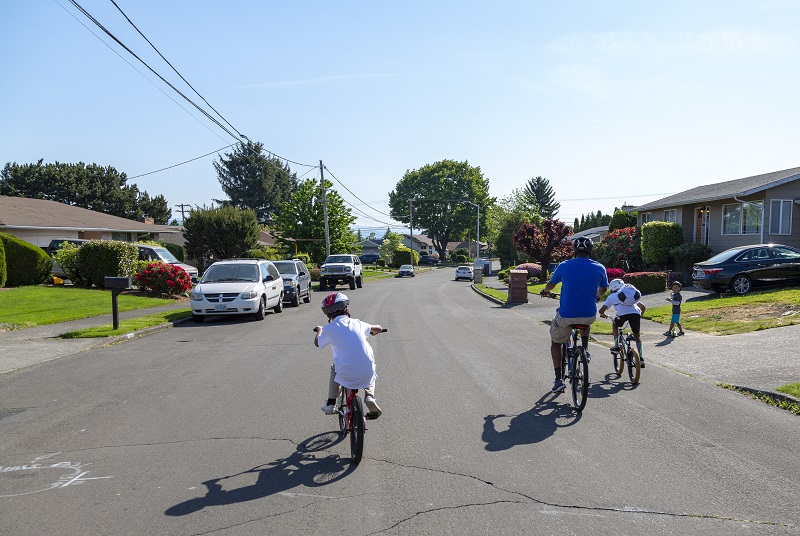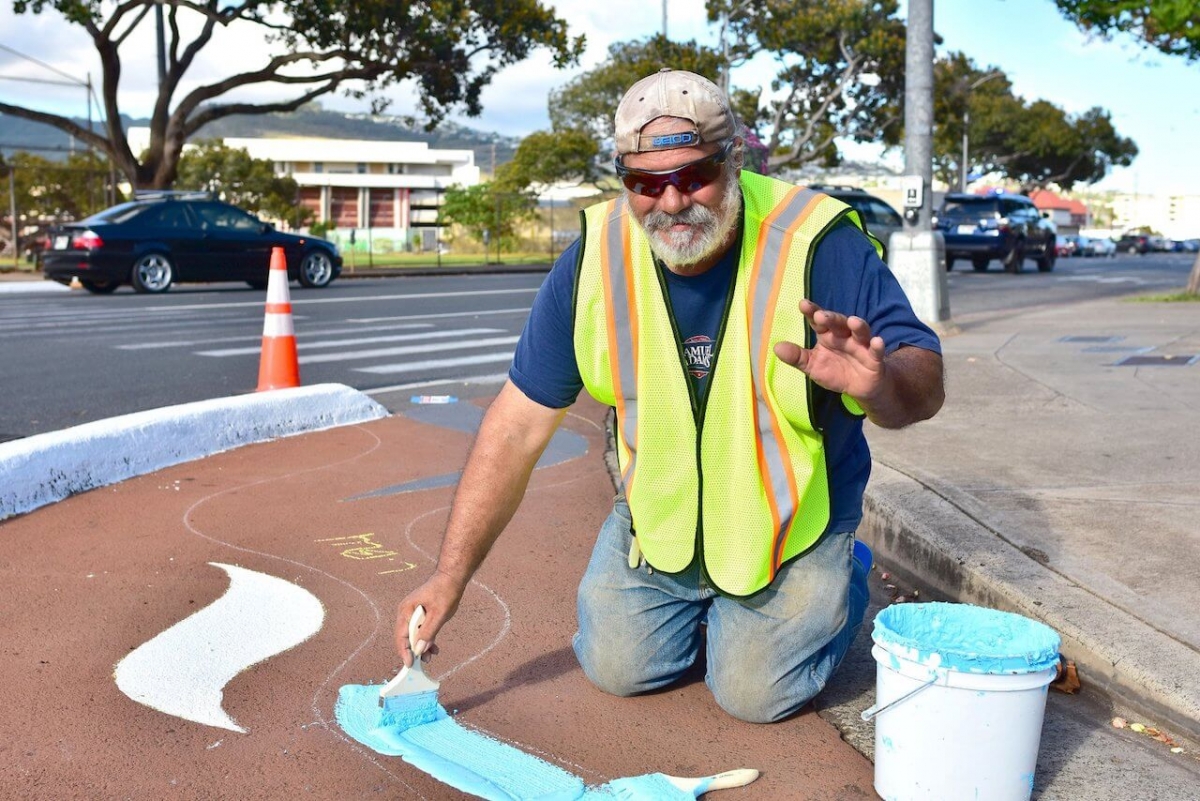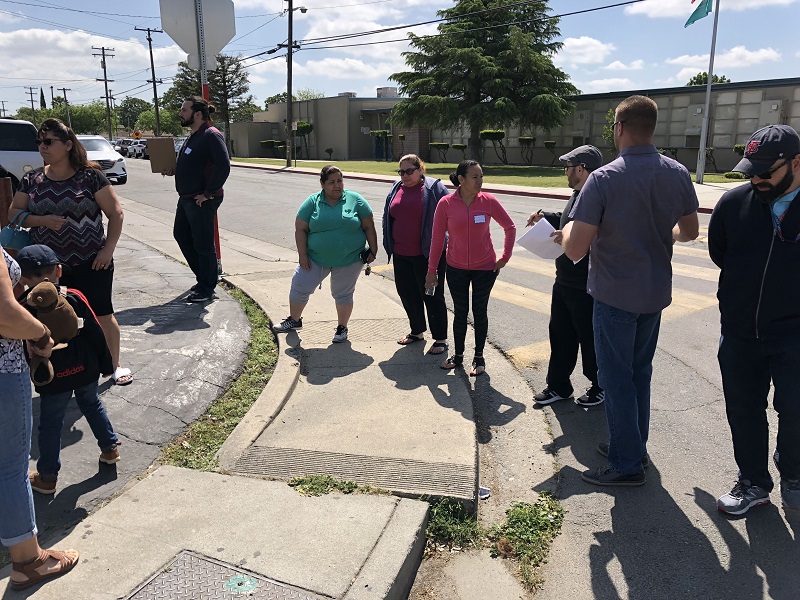Resource Library
Data can seem boring, hard to work with, and even intimidating. But if we know what to do with it, data can be the power booster that Safe Routes to Parks efforts need to make changes for safer, more equitable park access.
Seattle takes new steps to fine-tune traffic signals for people walking and rolling during COVID-19 health crisis
This is the third and final webinar in our California ATP Cycle 5 support series.
Seattle takes new steps to fine-tune traffic signals for people walking and rolling during COVID-19 health crisis
This toolkit provides tips and strategies for effectively engaging young people in Vision Zero, including ideas for integration into SRTS programming, general principles of youth engagement, and more.
May Challenge flyer and tracking sheet that students can utilize while learning from home.

Contributing authors: Margo Pedroso, Marisa Jones, Michelle Lieberman, Kari Schlosshauer, Demi Espinoza, and Cass Isidro
Learn how to keep Safe Routes to School programs running and encourage your community to stay active during COVID-19 and beyond.
This blog post was written by Margaux Mennesson and Colby Takeda.

Summary

While traditional community engagement activities like neighborhood walk audits are not possible during COVID-19, there are creative ways to continue equitable community engagement during the time of social distancing.
Chattanooga's traffic lights are now running on timed cycles that will automatically allow pedestrians to cross the street at regular intervals.
One way to commit to Safe Routes to Parks and spell out some clear next steps is by creating a strong standalone Safe Routes to Parks policy.
While it may seem illogical to start thinking about how to keep work going when you have just begun, it can be an effective strategy to sustain your Safe Routes to Parks efforts.
Last week, Congress passed the CARES Act, which was the third in a series of new laws aimed at addressing the wide-ranging impact of Coronavirus. The $2.2 trillion bill included a series of emergency relief measures addressing people, affected industry, the healthcare system, and more.
Helpful first time riding reminders and for people getting on their bikes again during COVID-19.
Congress has passed three different pieces of legislation to help address the wide-ranging impact of Coronavirus. Several components of those new laws can help nonprofits survive and hopefully retain employees during this time of great challenges.
The Safe Routes Partnership is pleased to announce the second in our three-part webinar series designed to encourage Californian jurisdictions to apply for Cycle 5 of the Active Transportation Program (ATP) and provide insight from applicants who were successful in previous cycles.


